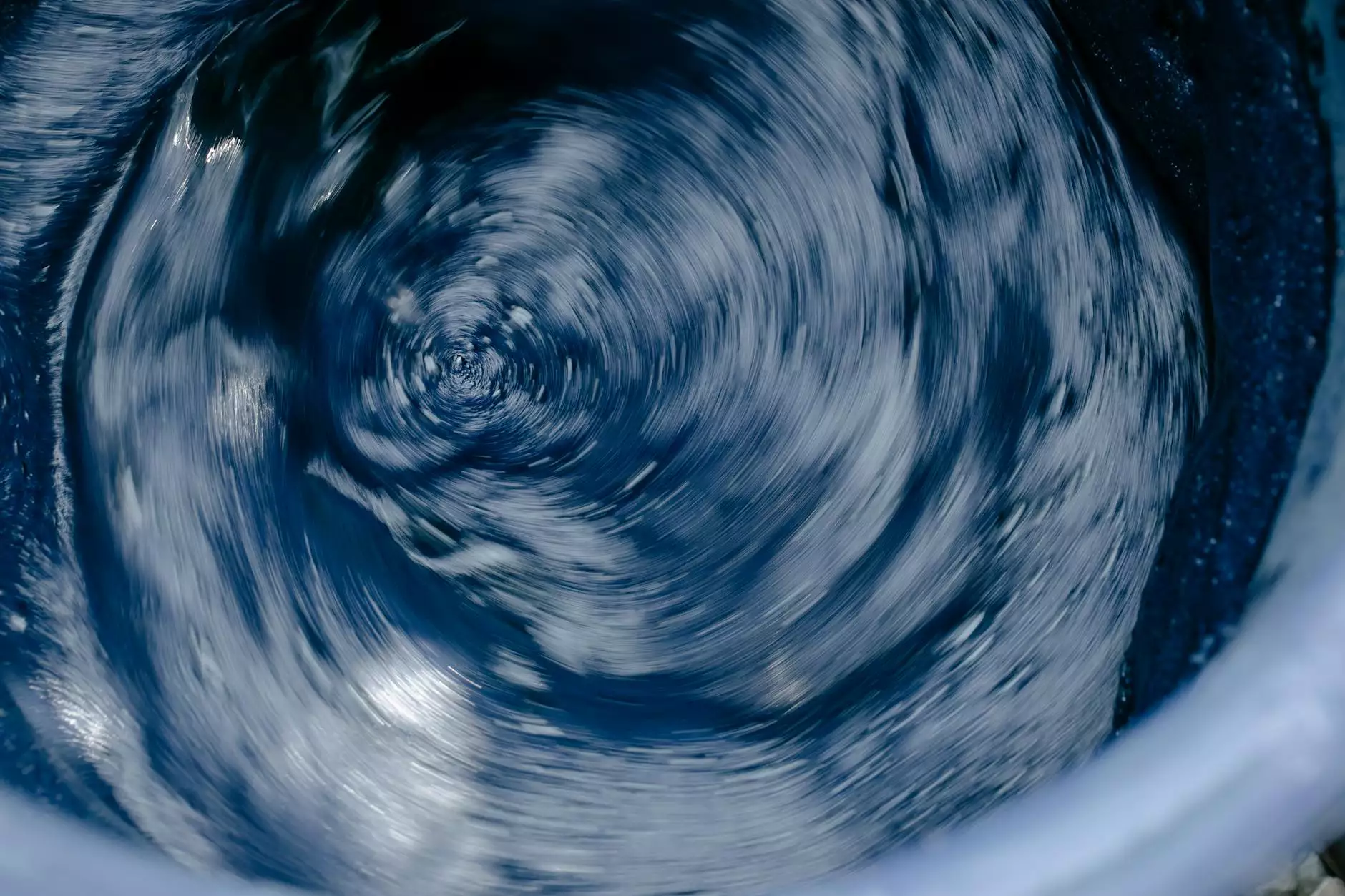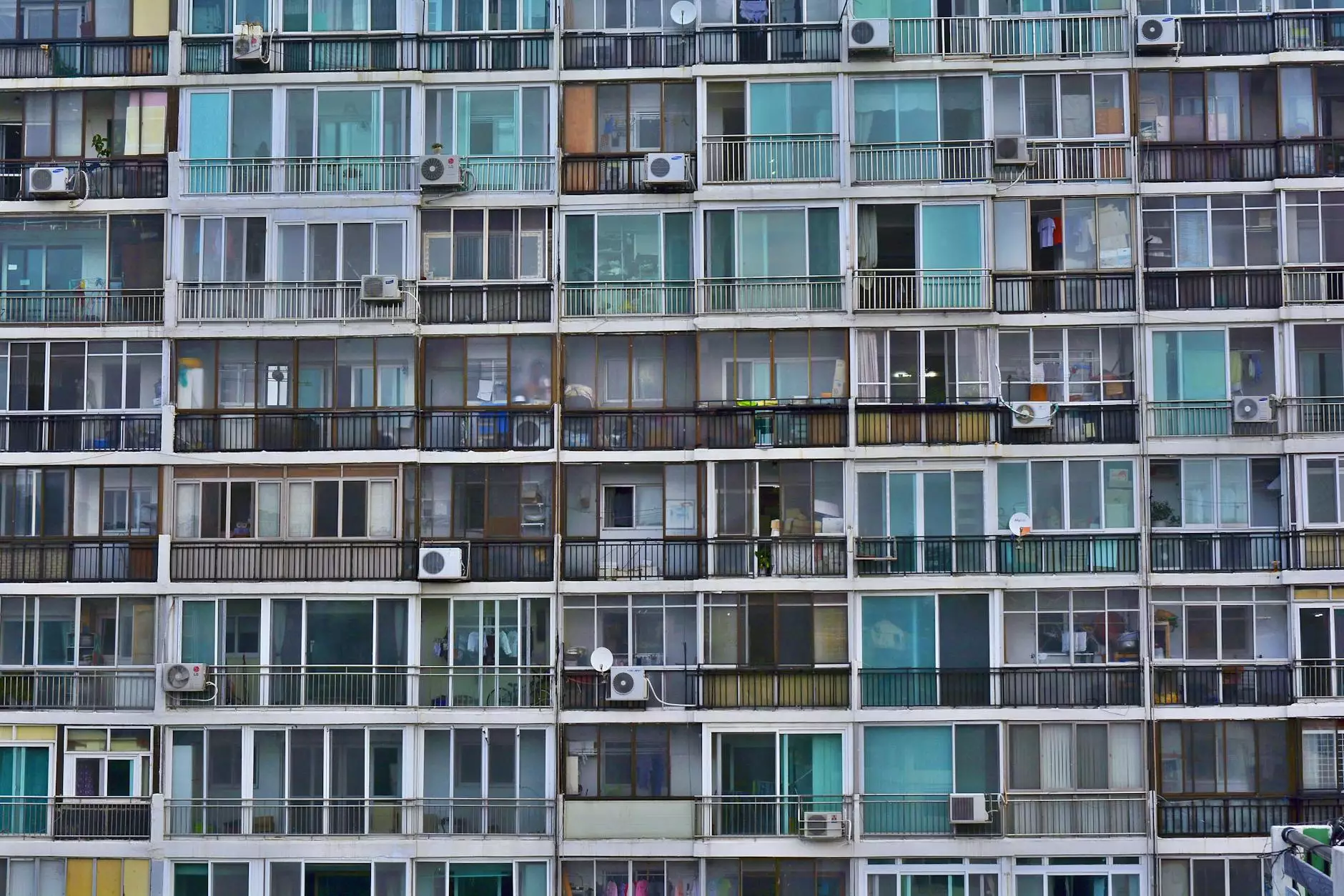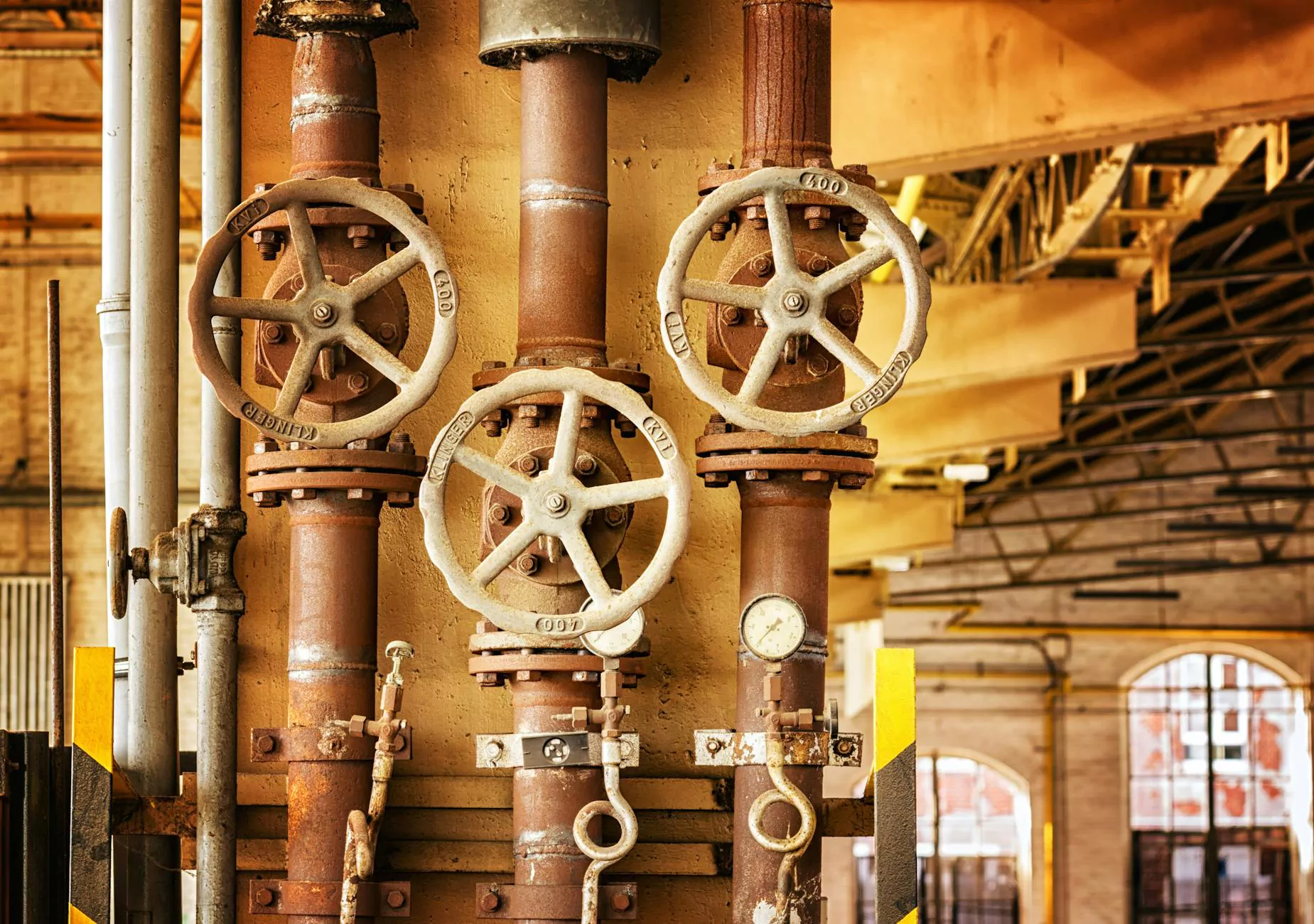Flushing an Electric Water Heater

At Best Service Plumber, we understand the importance of regular maintenance for your electric water heater. Flushing your water heater is an essential task that helps keep it running efficiently and extends its lifespan. In this comprehensive guide, we will walk you through the step-by-step process of flushing an electric water heater to ensure optimal performance and prevent potential issues.
Why Flush Your Electric Water Heater?
Over time, sediment and mineral deposits can accumulate inside your water heater tank. This build-up can affect the efficiency and performance of your heater, leading to higher energy consumption, decreased heating capacity, and potential damage to heating elements. Flushing your electric water heater helps remove these impurities and maintains its peak performance.
Before You Begin
Before you start flushing your electric water heater, there are a few precautions and tools you will need to ensure a safe and successful process:
- Turn off the power supply: Before working on your water heater, locate the circuit breaker or fuse box and switch off the power to the heater. This ensures your safety and prevents any electrical accidents.
- Gather the necessary tools: You will need a garden hose, a bucket or drain pan, pliers, and safety gloves.
- Check the pressure relief valve: Ensure the pressure relief valve is in good working condition before flushing. If it's faulty, consider replacing it to avoid any potential issues.
Step-by-Step Guide to Flush Your Electric Water Heater
Now that you have taken the necessary precautions and gathered the required tools, you are ready to begin flushing your electric water heater:
Step 1: Turn Off the Water Supply
Locate the cold water supply valve connected to your water heater and turn it off. This valve is usually located above the heater. Turning off the water supply prevents any additional water from entering the tank during the flushing process.
Step 2: Connect the Garden Hose
Attach one end of the garden hose securely to the drain valve located at the bottom of the water heater. Ensure the hose is tightly connected to avoid any leaks or spills. Place the other end of the hose near a floor drain or outside where the water can safely drain without causing any damage or flooding.
Step 3: Open the Pressure Relief Valve
Open the pressure relief valve on your water heater by lifting the lever or turning the knob. This allows air into the tank, which helps the water drain more smoothly during the flushing process. Leave the valve open.
Step 4: Drain the Tank
Once the hose is securely connected and the pressure relief valve is open, it's time to drain the tank. Locate the drain valve at the bottom of the water heater, usually near the thermostat/control panel. Using pliers, turn the valve counterclockwise to open it. The water inside the tank will start flowing out through the hose.
Note: The water may be hot, so use caution when handling the hose and bucket.
Step 5: Flush the Tank
Allow the water to flow through the hose for a few minutes to flush out the sediment and impurities. You will notice that initially, the water may appear cloudy or discolored, but it should clear up as the tank gets thoroughly flushed.
Step 6: Close the Drain Valve
After the water runs clear, turn the drain valve clockwise using pliers to close it. Make sure it is tightly closed to prevent any leaks.
Step 7: Refill the Tank
Turn on the cold water supply valve to refill the tank. Keep the pressure relief valve open while the tank is refilling to remove any trapped air. Once the tank is full, you will notice water flowing steadily through the pressure relief valve.
Step 8: Turn On the Power Supply
After you have refilled the tank, it's time to turn the power supply back on. Go to your circuit breaker or fuse box and switch on the power to the water heater. Ensure that everything is functioning correctly.
Important: If you encounter any issues during the flushing process or have concerns about the condition of your electric water heater, it is highly recommended to consult a professional plumber. Best Service Plumber offers expert water heater installation and repair services, ensuring your system operates at its best and providing you with peace of mind.
Maintain Your Electric Water Heater for Longevity
Regularly flushing your electric water heater is just one aspect of proper maintenance. To ensure its longevity and optimal performance, consider the following tips:
- Set the temperature: Set the temperature on your water heater to a safe and energy-efficient level. The recommended temperature is between 120-125 degrees Fahrenheit (49-52 degrees Celsius).
- Insulate the tank: Consider insulating your electric water heater tank to reduce heat loss and improve energy efficiency.
- Check the anode rod: The anode rod helps prevent corrosion inside the tank. Inspect it regularly and replace it if necessary.
- Schedule professional maintenance: It's recommended to have your electric water heater inspected and serviced by a professional plumber annually. They can identify any potential issues and ensure optimal performance.
By following these maintenance practices, you can maximize the lifespan of your electric water heater and enjoy reliable hot water for years to come.
Choose Best Service Plumber for Your Water Heater Needs
When it comes to water heater installation, repair, and maintenance, Best Service Plumber is your trusted partner. Our team of skilled plumbers has extensive experience in handling electric water heaters, ensuring top-notch service and customer satisfaction. We prioritize your comfort and safety, delivering efficient solutions tailored to your specific needs.
If you have any concerns about your electric water heater or need professional assistance, don't hesitate to contact Best Service Plumber. Our friendly team will be happy to answer your questions and schedule a service appointment at your convenience.









